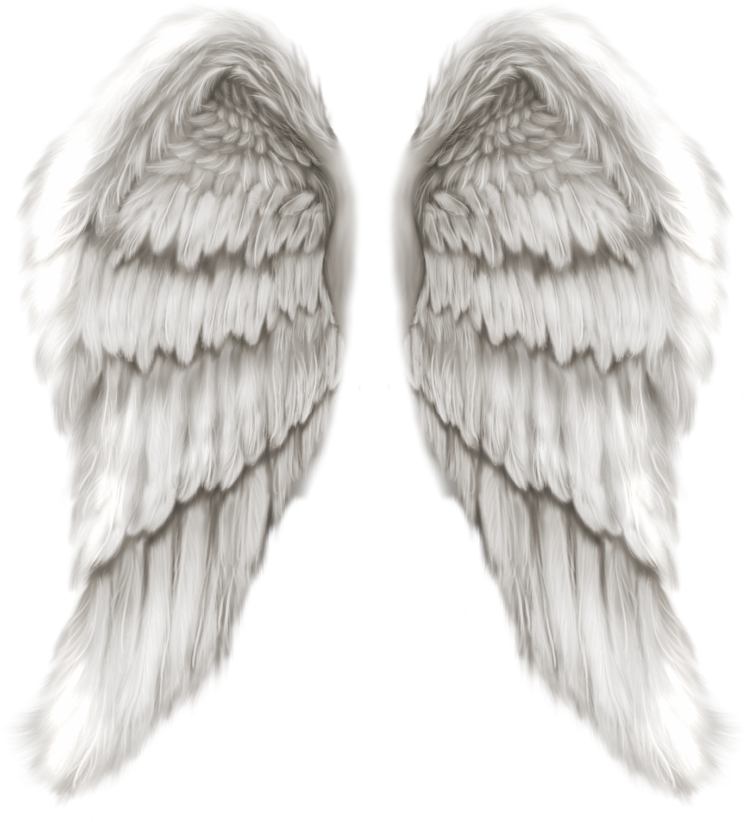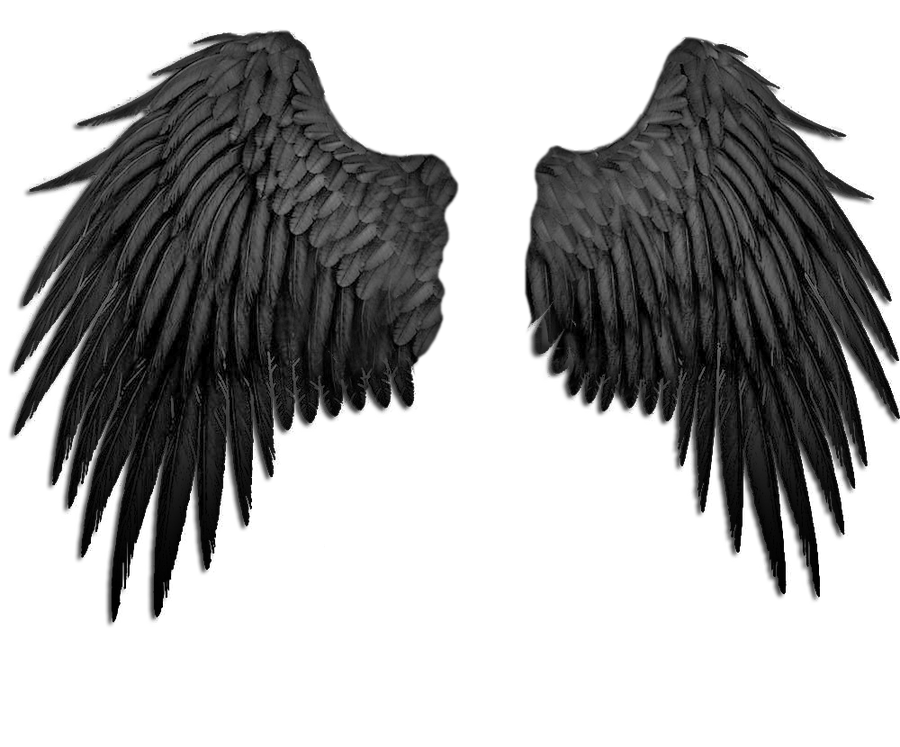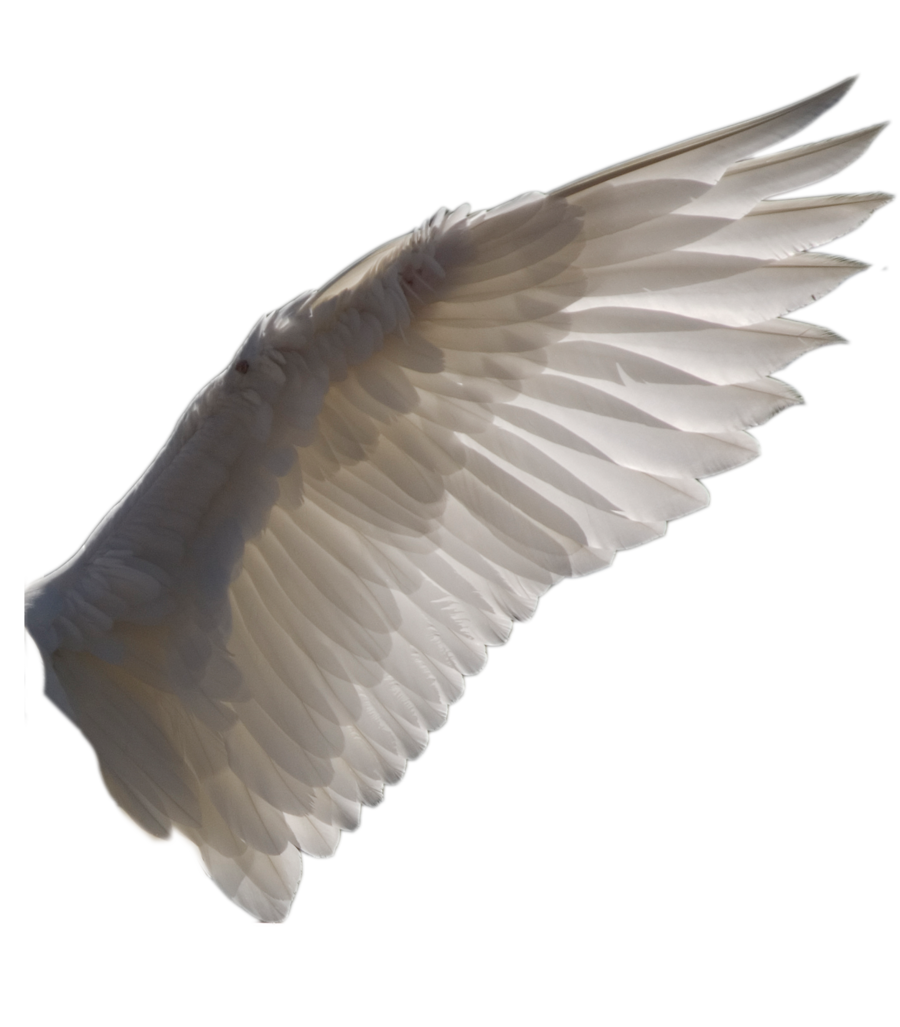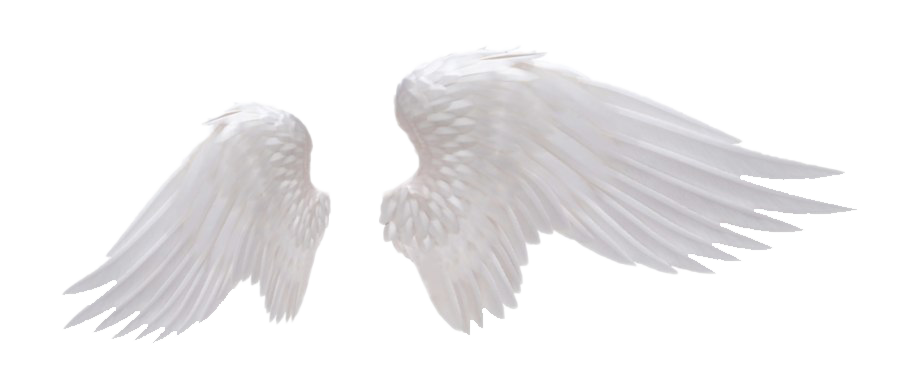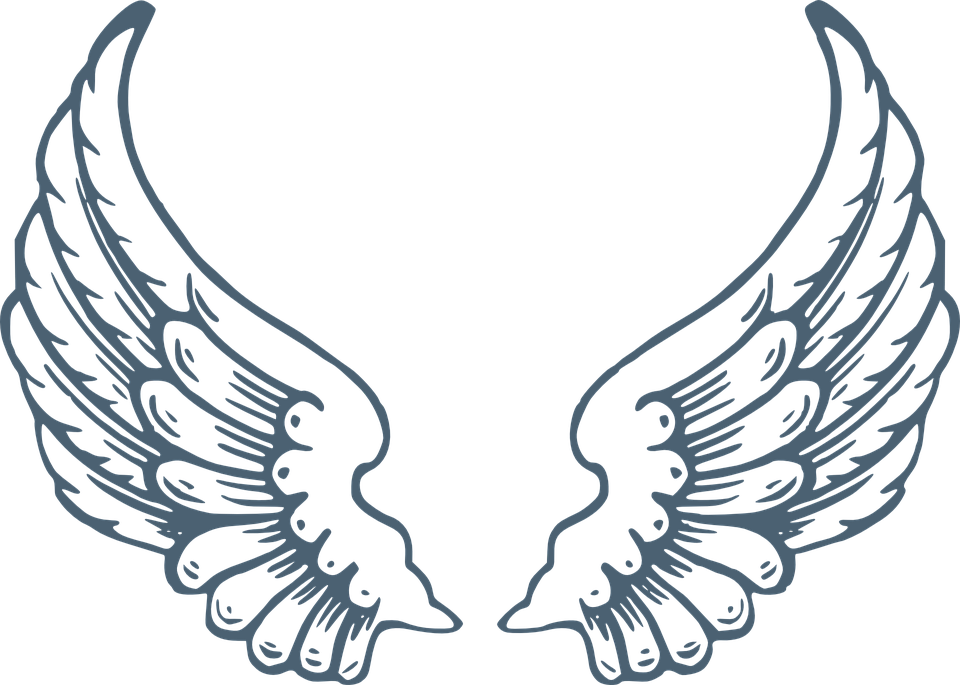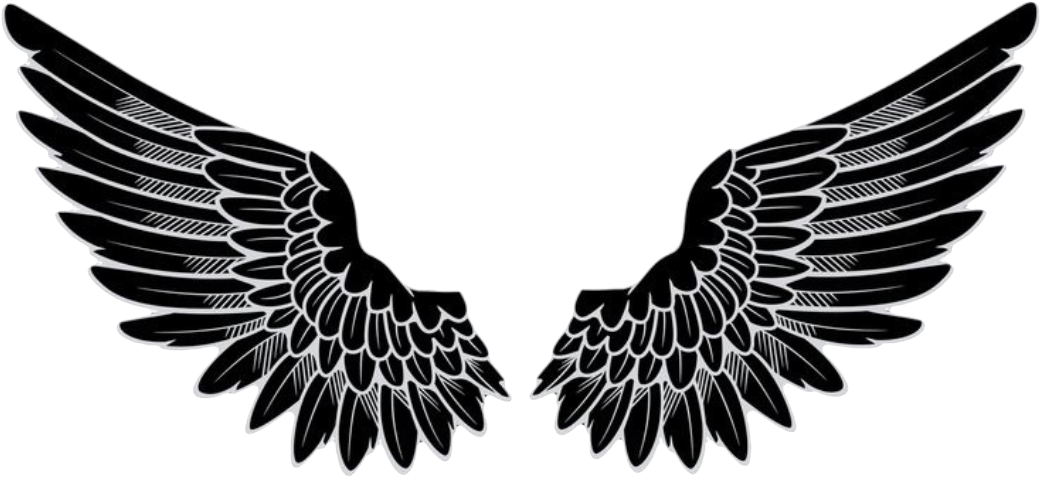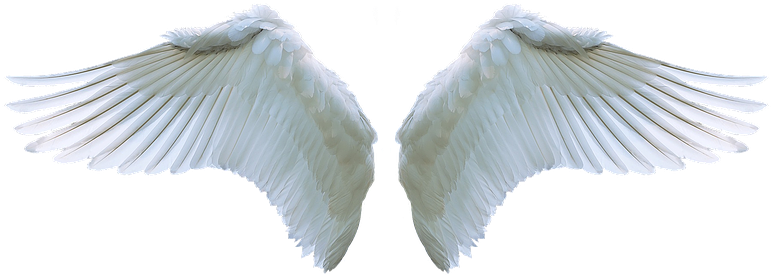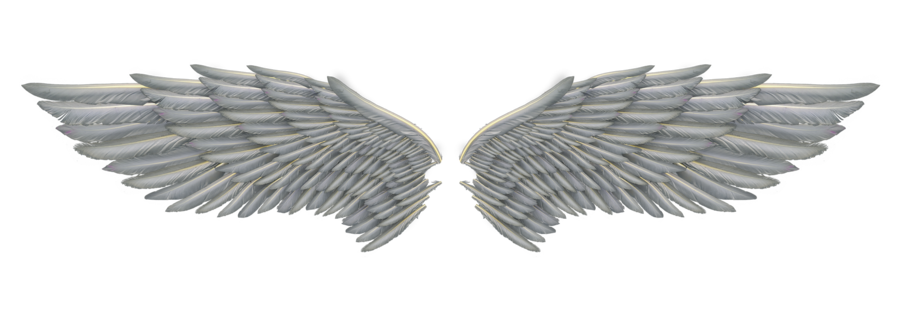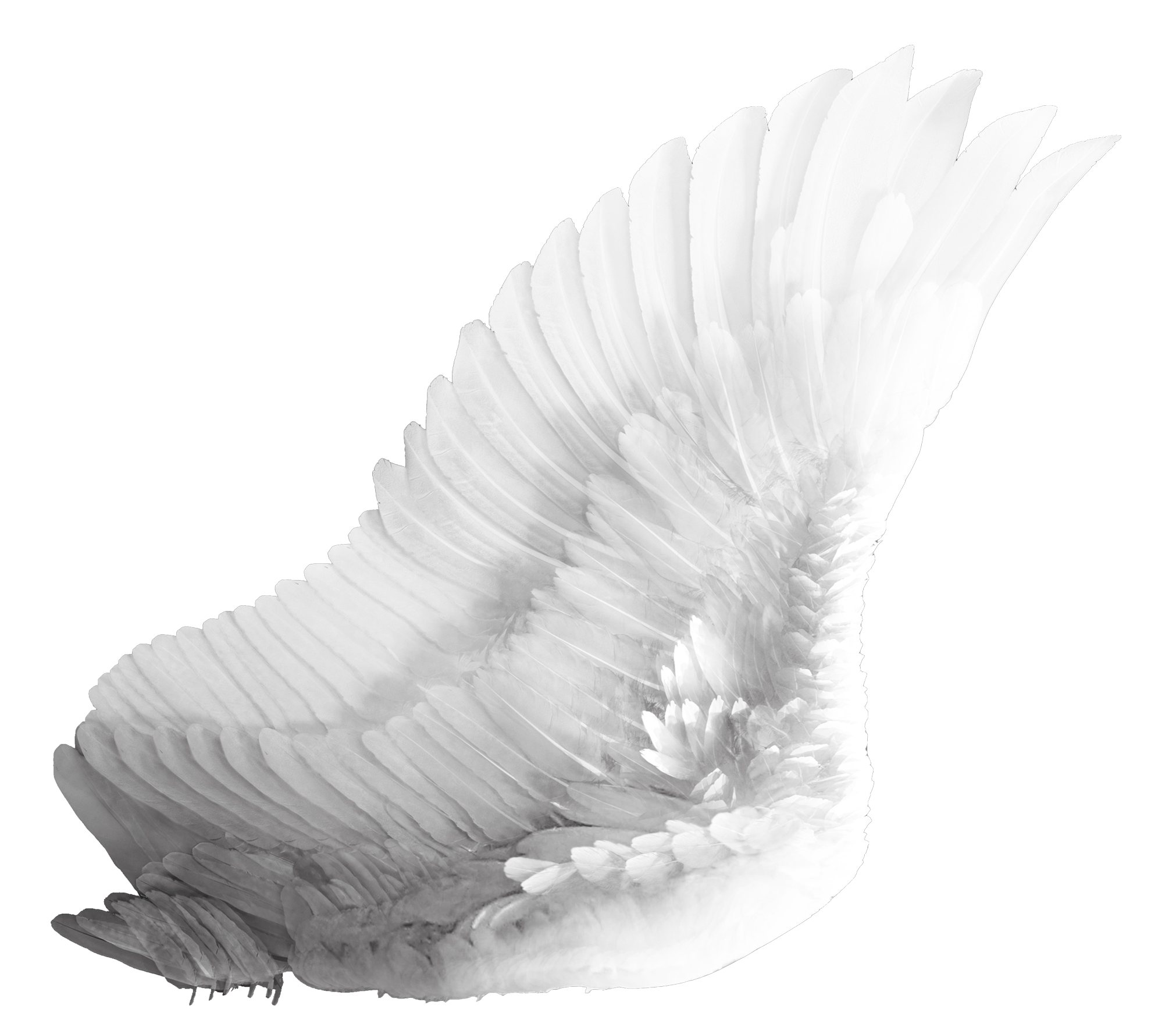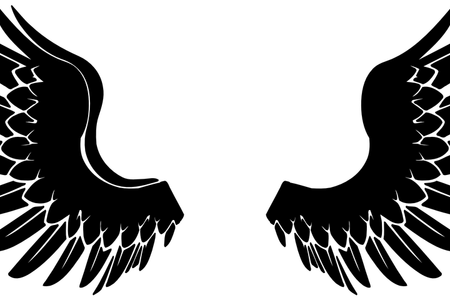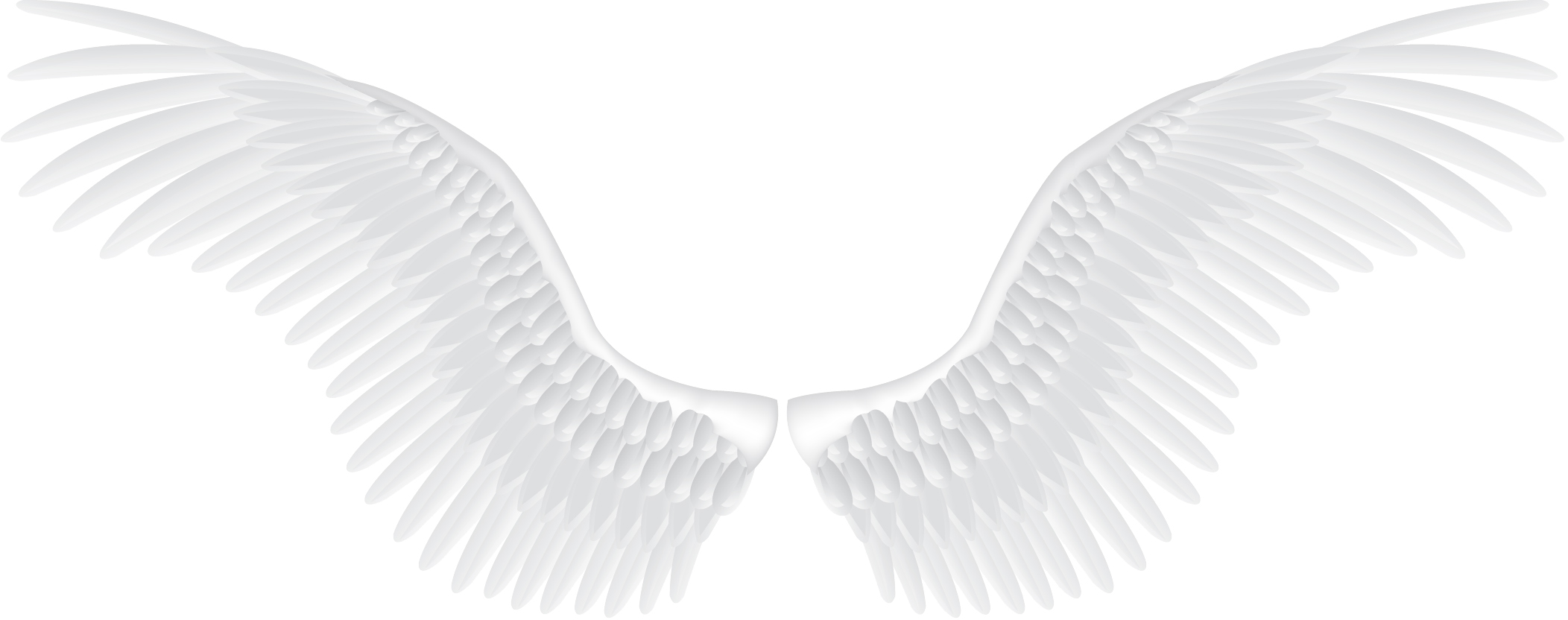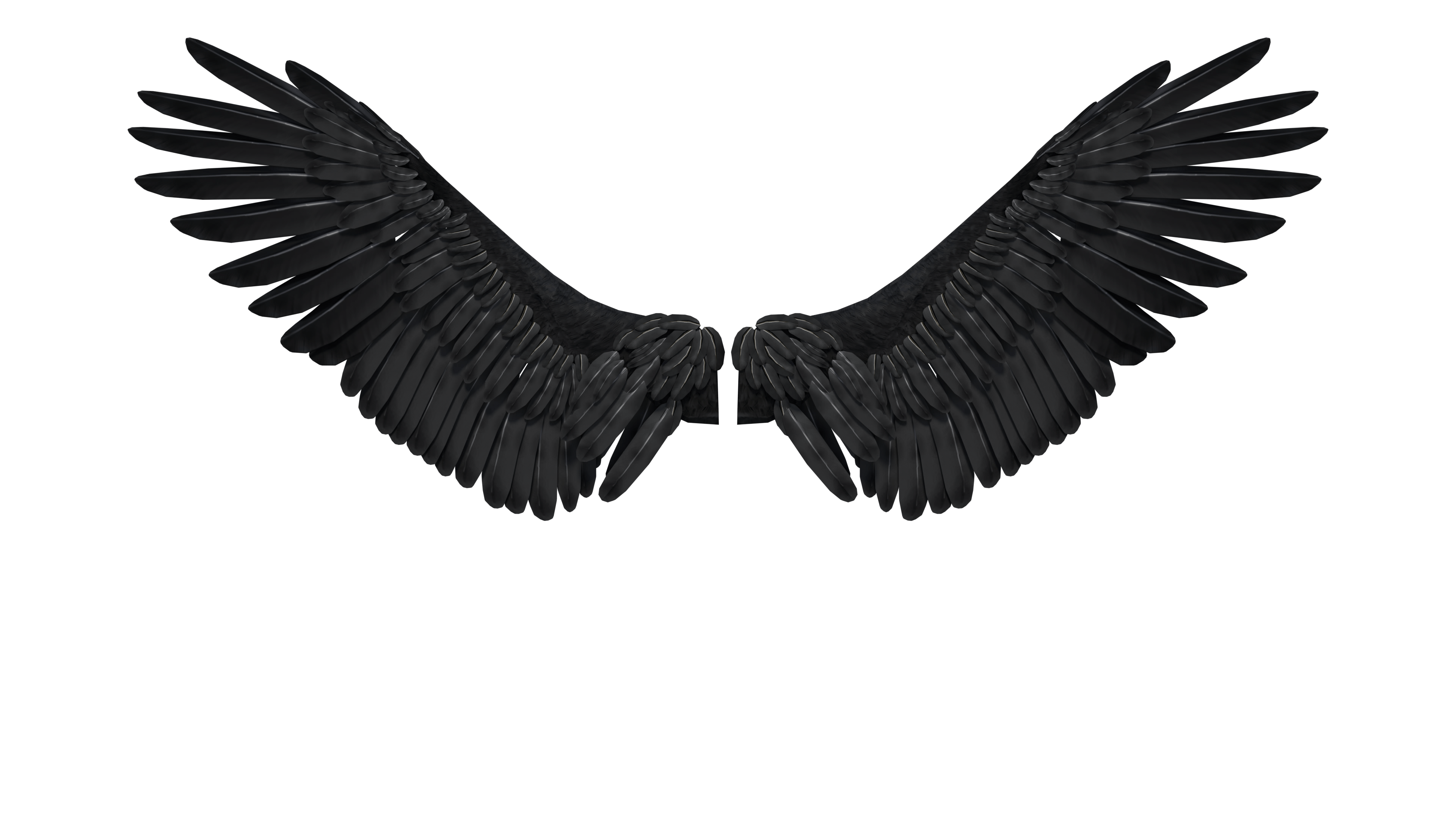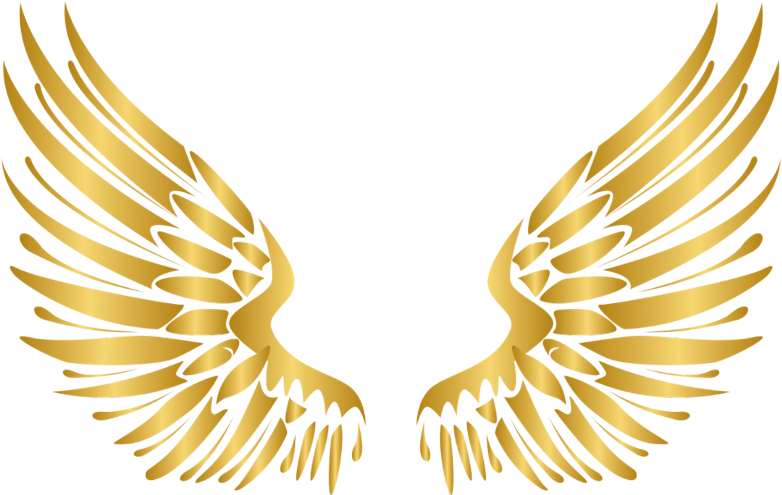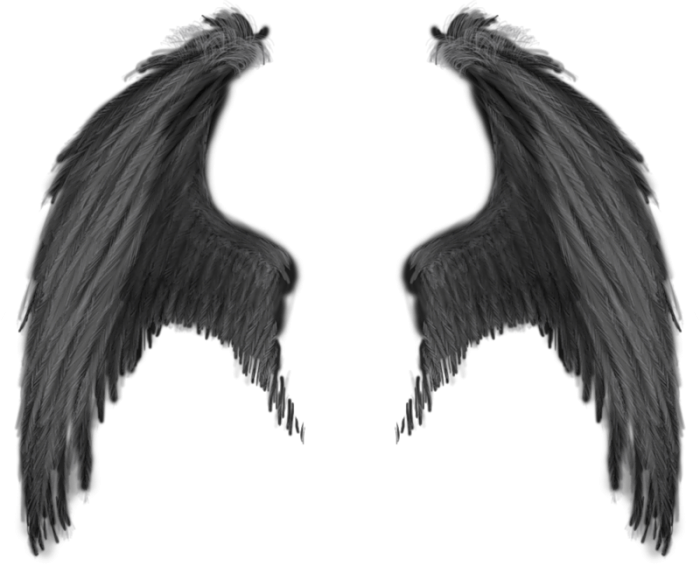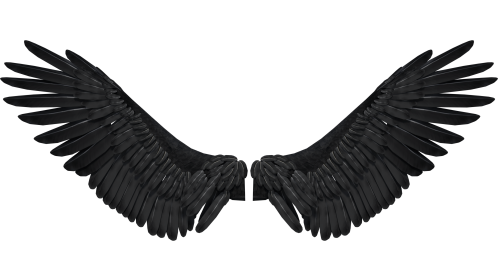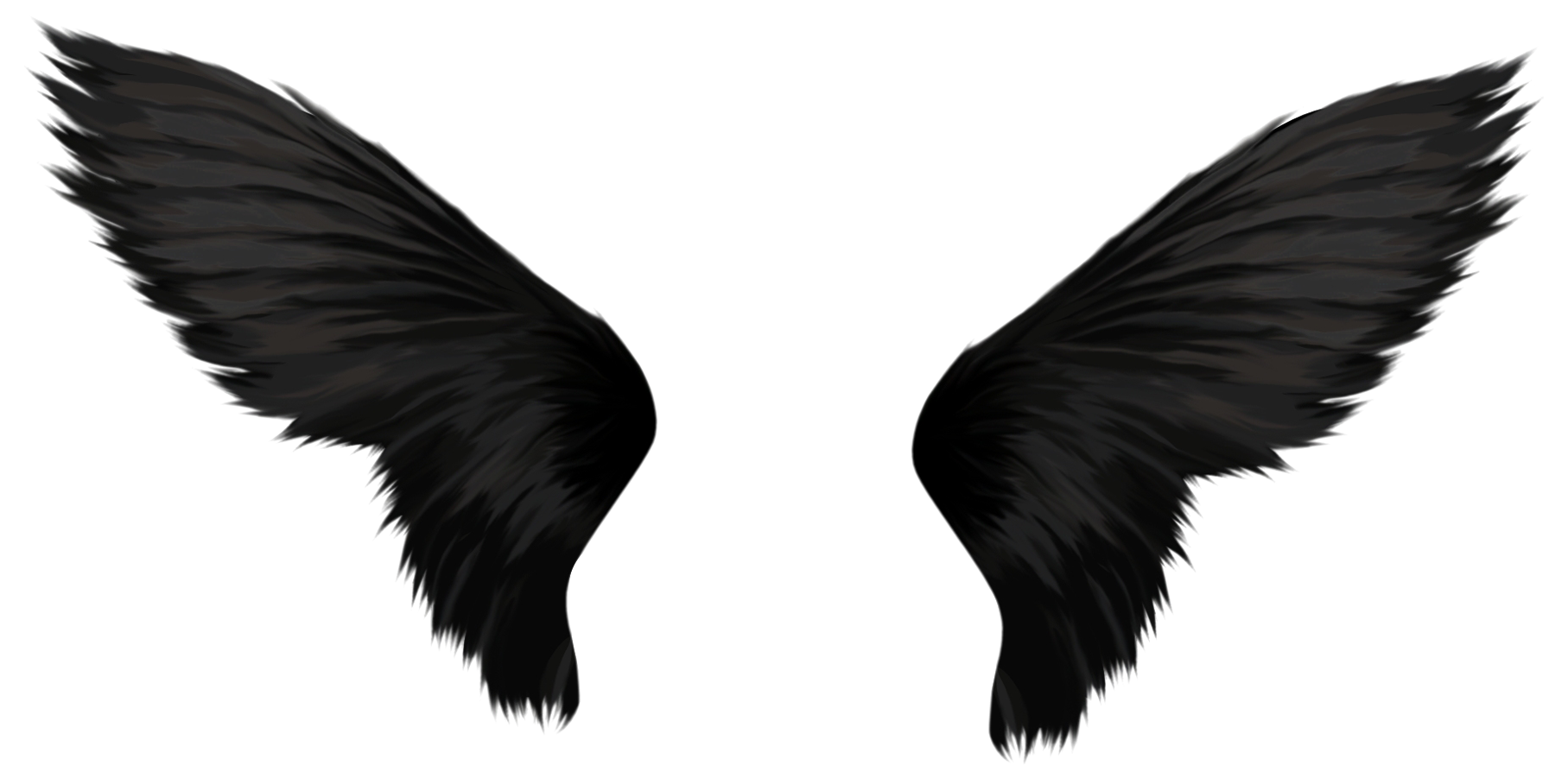Download top and best high-quality free Wing PNG Transparent Images backgrounds available in various sizes. To view the full PNG size resolution click on any of the below image thumbnail.
License Info: Creative Commons 4.0 BY-NC
Wing is a term commonly used in aviation to describe an aircraft’s wing. It is an essential component of an airplane that helps to create lift and enable the aircraft to fly. Without wings, an airplane would not be able to achieve the necessary lift to take off, stay airborne, and then land safely.
Parts of a Wing
A wing is not just a simple flat surface that helps in the lift. Instead, it is a complex structure that comprises of many parts and components. The primary parts of a wing include:
- Leading Edge – The front part of the wing that faces the incoming wind. It is usually the thinnest part of the wing and helps to maintain the flow of air over the rest of the wing.
- Trailing Edge – The rear part of the wing that helps to maintain the airspeed and also control the lift generated by the wing.
- Wing Root – The central part of the wing that is attached to the fuselage.
- Wing Tip – The outermost part of the wing that is designed to reduce air turbulence and increase the lift.
- Wing Spar – The main structural element that runs from the wing root to the wing tip and helps to support the weight of the aircraft.
- Wing Flap – A hinged part of the wing that can be extended or retracted to increase or decrease the lift and drag of the wing.
- Aileron – A movable part of the trail edge that helps to control the roll motion of the aircraft.
- Winglet – An aerodynamic device attached to the wingtip that helps to reduce drag and increase lift.
Types of Wings
There are various types of wings that are designed for different types of airplanes and their specific functions. Some of the commonly used types of wings include:
- Straight Wing – A simple and square-shaped wing that is easy to manufacture and maintain. It provides stable and predictable flight characteristics but generates high air resistance and less lift.
- Swept Wing – A wing that sweeps backward from the root to the tip, reducing drag and increasing lift by improving the airflow. It is commonly found on modern jet aircraft.
- Tapered Wing – A wing that gradually reduces its chord from root to tip, improving lift, reducing drag and improving aerodynamic efficiency. It is commonly found on high-speed airplanes.
- Delta Wing – A triangular-shaped wing that helps to improve maneuverability and stability at high speeds. It is commonly found on military fighter jets.
- Fold Wing – A wing that can be folded to reduce the span width for storage or transportation purposes. It is commonly found on aircraft carriers.
How Wings Generate Lift?
Airplane wings create lift by utilizing Bernoulli’s principle, which states that the pressure of a fluid decreases as the speed of the fluid increases. The wing of an aircraft is designed to increase the speed of the air flowing over the wing’s curved surface. As the air moves faster over the top of the wing, the pressure decreases creating a low-pressure area on the upper surface. This low-pressure area creates a force that helps to lift the airplane into the air.
Wings also use the Coanda effect, which also increases lift. The Coanda effect is when the fluid (in this case air) follows the curvature of the wing. The air flowing over the wing tries to stay close to the curved surface, resulting in increased lift force.
Wings have become an essential part of aviation, enabling planes, and other aircraft to fly and carry passengers, cargo, and perform various tasks. The development of new wing technologies and their improved designs has enhanced the performance and efficiency of aircraft. Next time you board an aircraft, take a moment to look out the window, and you’ll appreciate the vital role that the wing plays in getting you to your destination.
Download Wing PNG images transparent gallery
- Wing PNG Picture
Resolution: 747 × 822
Size: 887 KB
Image Format: .png
Download
- Wing PNG
Resolution: 900 × 747
Size: 422 KB
Image Format: .png
Download
- Wing Transparent
Resolution: 641 × 424
Size: 119 KB
Image Format: .png
Download
- Wing
Resolution: 900 × 1027
Size: 516 KB
Image Format: .png
Download
- Wing Background PNG
Resolution: 920 × 392
Size: 137 KB
Image Format: .png
Download
- Wing No Background
Resolution: 960 × 685
Size: 363 KB
Image Format: .png
Download
- Wing PNG Background
Resolution: 200 × 200
Size: 4 KB
Image Format: .png
Download
- Wing PNG Clipart
Resolution: 1040 × 477
Size: 326 KB
Image Format: .png
Download
- Wing PNG Cutout
Resolution: 771 × 277
Size: 266 KB
Image Format: .png
Download
- Wing PNG File
Resolution: 900 × 320
Size: 227 KB
Image Format: .png
Download
- Wing PNG Free Image
Resolution: 2022 × 1777
Size: 1141 KB
Image Format: .png
Download
- Wing PNG HD Image
Resolution: 450 × 300
Size: 23 KB
Image Format: .png
Download
- Wing PNG Image File
Resolution: 300 × 211
Size: 10 KB
Image Format: .png
Download
- Wing PNG Image HD
Resolution: 2104 × 832
Size: 516 KB
Image Format: .png
Download
- Wing PNG Image
Resolution: 3840 × 2160
Size: 1113 KB
Image Format: .png
Download
- Wing PNG Images HD
Resolution: 782 × 495
Size: 213 KB
Image Format: .png
Download
- Wing PNG Images
Resolution: 700 × 566
Size: 295 KB
Image Format: .png
Download
- Wing PNG Photo
Resolution: 498 × 280
Size: 75 KB
Image Format: .png
Download
- Wing PNG Photos
Resolution: 1815 × 894
Size: 631 KB
Image Format: .png
Download
